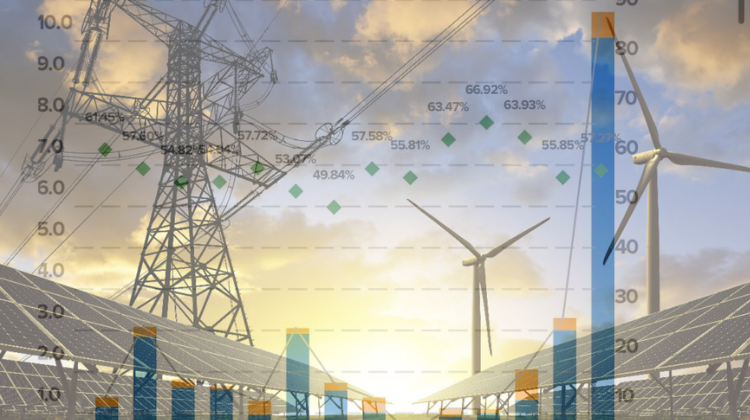July 2025 will be remembered as a historic month for Spain’s energy transition, though not for a positive milestone. According to data from Red Eléctrica de España (REE), more than 11% of renewable electricity produced — equivalent to over 1,100 GWh — could not be integrated into the system due to technical restrictions. The contrast with July 2024, when only 0.8% was curtailed, shows the scale of the surge.
“Solar PV set historic records, with 25% of the national electricity mix and more than 6,200 GWh generated in the month, a figure never before reached in Spain that shows the scale of the renewable curtailment,” highlights Alejandro Diego Rosell, energy consultant.
Speaking to Strategic Energy Europe, he points out that the problem lies in the transmission grid being blocked, with 93% of the limitations coming from there and “no way to inject it”.
REE’s data show that the provinces most affected by renewable curtailment were Toledo, Ciudad Real and Granada, where more than 30% of local renewable production was lost.
For his part, Kim Keats Martínez, Director at K4K Training & Advisory and EKON Strategy Consulting, raises an alarm: “Summer heat bites even though the contribution of renewables that month (57%) was not a historic record… Between March and May it exceeded 63%”.
According to the analyst, REE’s nodal data confirm the uneven impact between regions: “Extremadura generates more renewable energy and suffers more in absolute terms (26.5% of ERNI compared with renewable PDBF). But it is Castilla-La Mancha that is worst off proportionally, at 36.5%”.
Operational policy also influences this outcome. Since the April blackout, REE has adopted a more conservative strategy, prioritising fossil generation as backup.
“REE prefers to keep gas and nuclear as support to avoid another scare, even if that means disconnecting renewables. The result: we waste clean electricity and keep paying for expensive gas,” notes Rosell.
The consequences are multiple: developers see reduced profitability of their plants in critical areas, and electricity bills rise due to gas entering the mix.
However, this scenario reaffirms the opportunity for storage, as Rosell points out: “With so many cuts, batteries and pumped storage are becoming a safe bet”.
From a structural perspective, Carlos Martín Graña, Head of Operations at ENERJOIN, warns about the root of the problem: “We have tried to reconvert a firm capacity system into one dependent on wind, water and sun, and this forces us to oversize it. Consumption is instantaneous, and technologies have oversized generation at the same times”.
The executive notes that renewable planning has not always considered the needs of the grid: “What we have is too much generation of the same technology at the same nodes and, since transmission and distribution networks have not been expanded, this generates large amounts of renewable curtailment”.
Spain no longer faces a problem of renewable generation, but of integration. It will be crucial to see the results for August to determine whether this situation is an isolated case or the beginning of a trend ahead of the entry of more demand and storage.






























